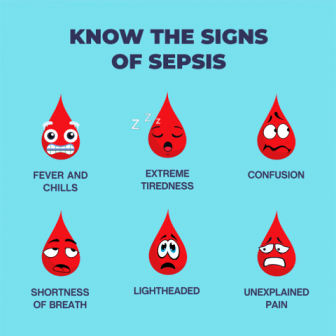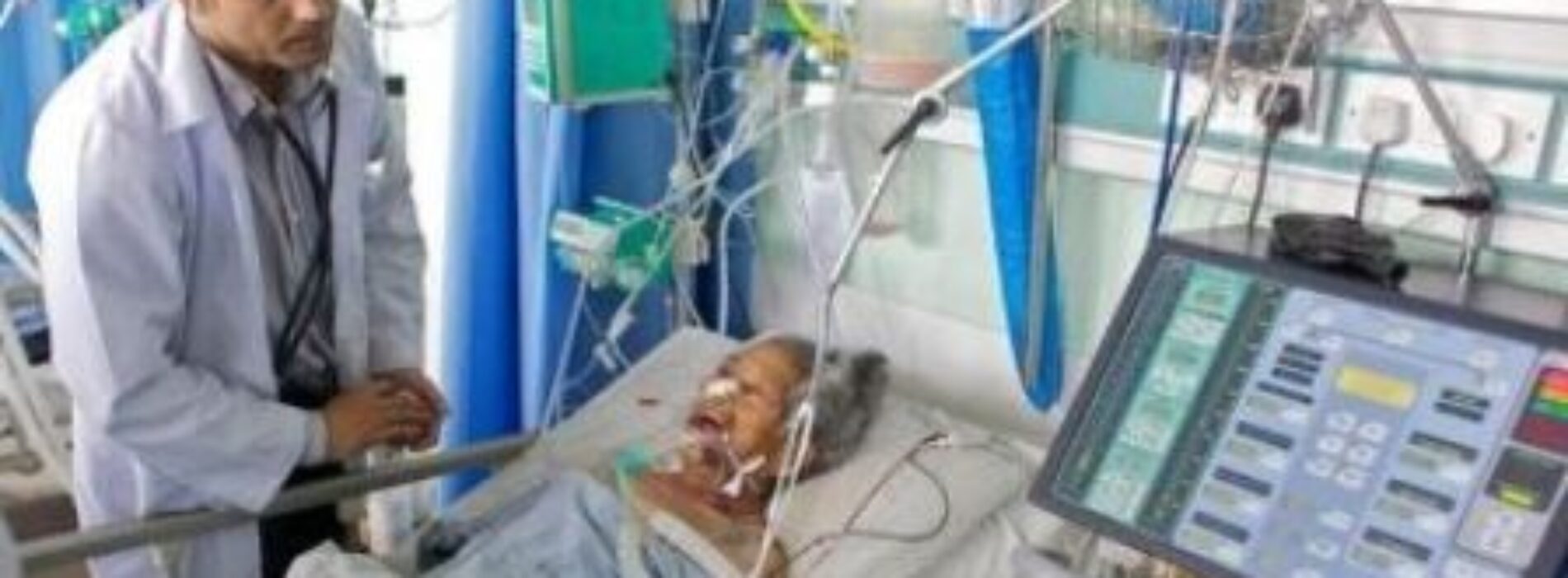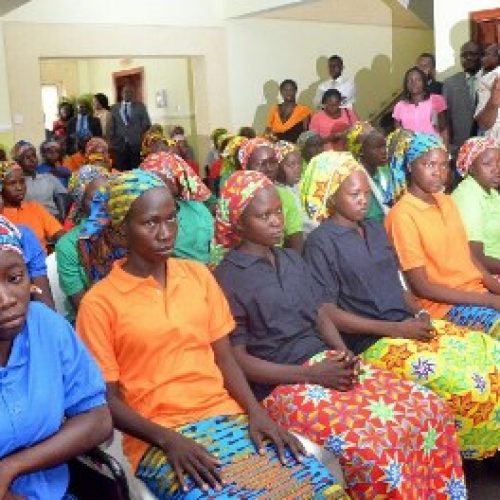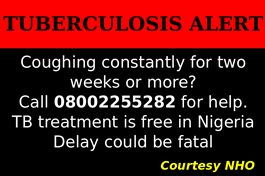Sepsis kills 11 million yearly – WHO
-
WHO calls for global action
New studies by the World Health Organization (WHI) has revealed that sepsis, a potentially life-threatening condition caused by the body’s response to an infection, kills no fewer than 11 million people each year, many of them children, while it also disable millions more.
Now, WHO’s first global report on sepsis finds that the effort to tackle millions of deaths and disabilities due to sepsis is hampered by serious gaps in knowledge, particularly in low- and middle-income countries.
WHO however says there’s an urgent need for better data. According to the organization, most published studies on sepsis have been conducted in hospitals and intensive care units in high-income countries, providing little evidence from the rest of the world. Furthermore, the use of different definitions of sepsis, diagnostic criteria and hospital discharge coding makes it difficult to develop a clear understanding of the true global burden of sepsis.
“The world must urgently step up efforts to improve data about sepsis so all countries can detect and treat this terrible condition in time,” says Dr Tedros Adhanom Ghebreyesus, WHO Director-General. “This means strengthening health information systems and ensuring access torapid diagnostic tools, and quality care including safe and affordable medicines and vaccines.”
Sepsis occurs in response to an infection. When sepsis is not recognized early and managed promptly, it can lead to septic shock, multiple organ failure and death. Patients who are critically ill with severe COVID-19 and other infectious diseases are at higher risk of developing and dying from sepsis.

Even sepsis survivors are not out of danger: only half will completely recover, the rest will either die within 1 year or be burdened by long-term disabilities.
Accoding to WHO, sepsis disproportionately affects vulnerable populations: newborns, pregnant women and people living in low-resource settings. Approximately 85.0% of sepsis cases and sepsis-related deaths occur in these settings.
Almost half of the 49 million cases of sepsis each year occur among children, resulting in 2.9 million deaths, most of which could be prevented through early diagnosis and appropriate clinical management. These deaths are often a consequence of diarrhoeal diseases or lower respiratory infections.
Obstetric infections, including complications following abortion or infections following caesarean section, are the third most common cause of maternal mortality. Globally, it is estimated that for every 1000 women giving birth, 11 women experience infection-related, severe organ dysfunction or death.
The report also finds that sepsis frequently results from infections acquired in health care settings. Around half (49%) of patients with sepsis in intensive care units acquired the infection in the hospital. An estimated 27% of people with sepsis in hospitals and 42% of people in intensive care units will die.
Antimicrobial resistance is a major challenge in sepsis treatment as it complicates the ability to treat infections, especially in health-care associated infections.
Improved sanitation, water quality and availability, and infection prevention and control measures, such as appropriate hand hygiene can prevent sepsis and save lives – but must be coupled with early diagnosis, appropriate clinical management, and access to safe and affordable medicines and vaccines. These interventions could prevent as many as 84% of newborn deaths due to sepsis.
So WHO calls on the global community to:
- Improve robust study designs and high-quality data collection, especially in low- and middle-income countries.
- Scale-up global advocacy, funding and the research capacity for epidemiological evidence on the true burden of sepsis.
- Improve surveillance systems, starting at the primary care level, including the use of standardized and feasible definitions in accordance with the International Classification of Diseases (ICD-11), and leveraging existing programmes and disease networks.
- Develop rapid, affordable and appropriate diagnostic tools, particularly for primary and secondary levels of care, to improve sepsis identification, surveillance, prevention and treatment.
- Engage and better educate health workers and communities not to underestimate the risk of infections evolving to sepsis, and to seek care promptly in order to avoid clinical complications and the spread of epidemics.
About author
You might also like
UNFPA donates ‘dignity kits’ to released Chibok girls
ABUJA – The United Nations Population Fund, UNFPA, on Friday donated bags containing ‘dignity kits’ for each of the 106 Chibok girls who have been released from Boko Haram
WellaHealth set to offer Nigerians improved access to quality health
To address the declining access to quality healthcare in Nigeria, WellaHealth, a Nigerian-based technology-driven healthcare startup, has said that it is on a mission to make quality health care more
CORONAVIRUS: WHO Emergency Committee urges countries to prepare for containment as death toll rises
NCDC issues Public Alert The World Health Organisation (WHO) Emergency Committee today Jan 23, urged countries to prepare for the containment, including active surveillance, early detection, isolation and case







0 Comments
No Comments Yet!
You can be first to comment this post!